Another Atlantic hurricane season is officially underway. It's the time when everyone in North Carolina needs to prepare in case this is the year the state gets hit with a "big one."
Our state is no stranger to these monster storms that can bring deadly storm surge, destructive winds and devastating flooding.
As we prepare for this year's season, we've been traveling our coast talking to those who have first-hand knowledge of how hurricanes can not only change our land and property, but also our lives.
Our first stop took us to an area known as "Down East" in Carteret County. It's a unique collection of coastal communities mostly founded because of fishing. The area also has a long history of boat builders.
You could say Heber Guthrie was our tour guide when we made our first stop in Harkers Island. He's lived here his entire life and his family has been in the area for generations.
We met Guthrie at the Core Sound Waterfowl Museum and Heritage Center, where he started our history lesson on Carteret County with back-to-back storms that hit this section of coast in the late 1800s. At the time, people lived on the barrier island known as Shackelford Banks in a town called Diamond City. After those storms, his grandmother and others had to abandon Diamond City and move to other towns like Harkers Island and Morehead City.
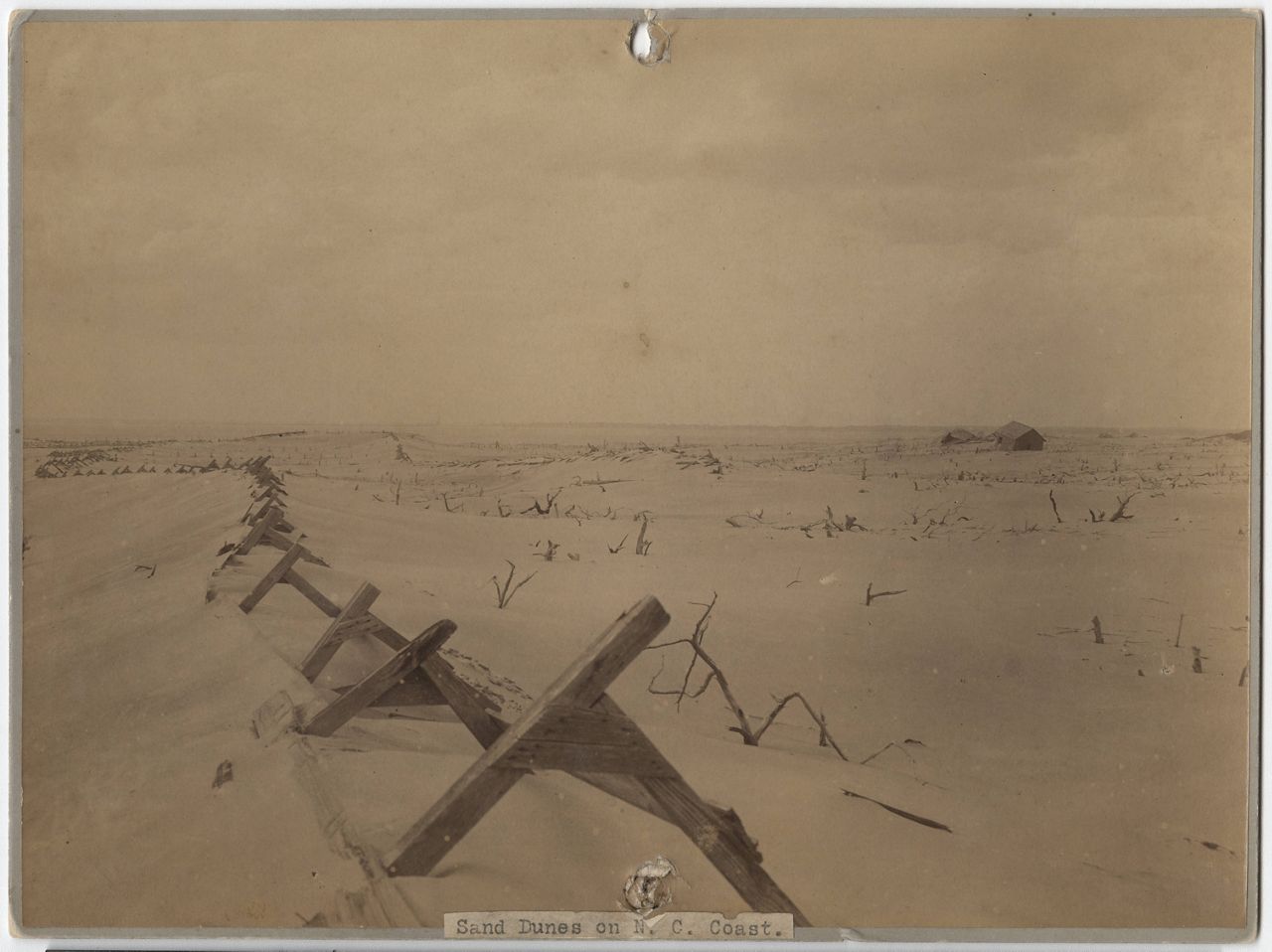
Today only wild horses, birds and sea life call Shackleford Banks home.
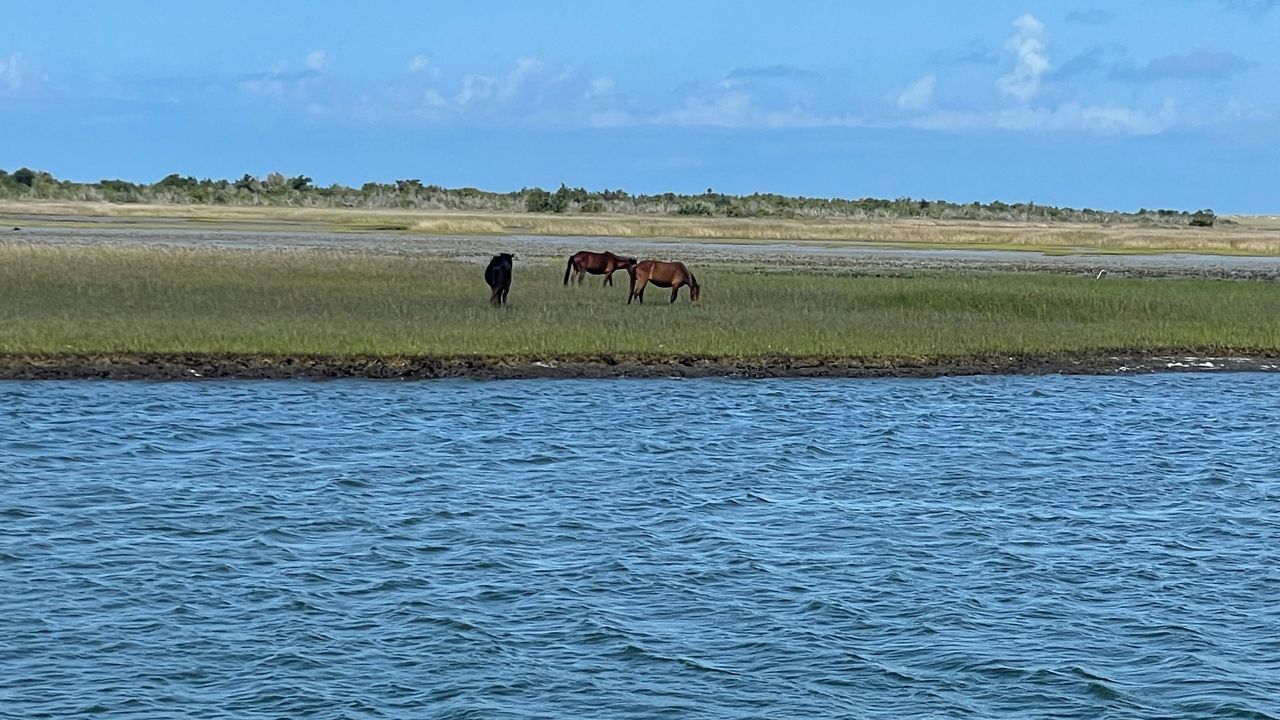
Guthrie also told us the story of a hurricane in 1933. Like the storms of the late 1800s, it was a time before hurricanes were given names. When talking about fishermen in the area and the 1933 storm, Guthrie told us, “They had no idea it was coming. They were in sailboats. They were very slow. They couldn't run from it. They just had to hunker down and stick it out. And a lot of them did not make it.”
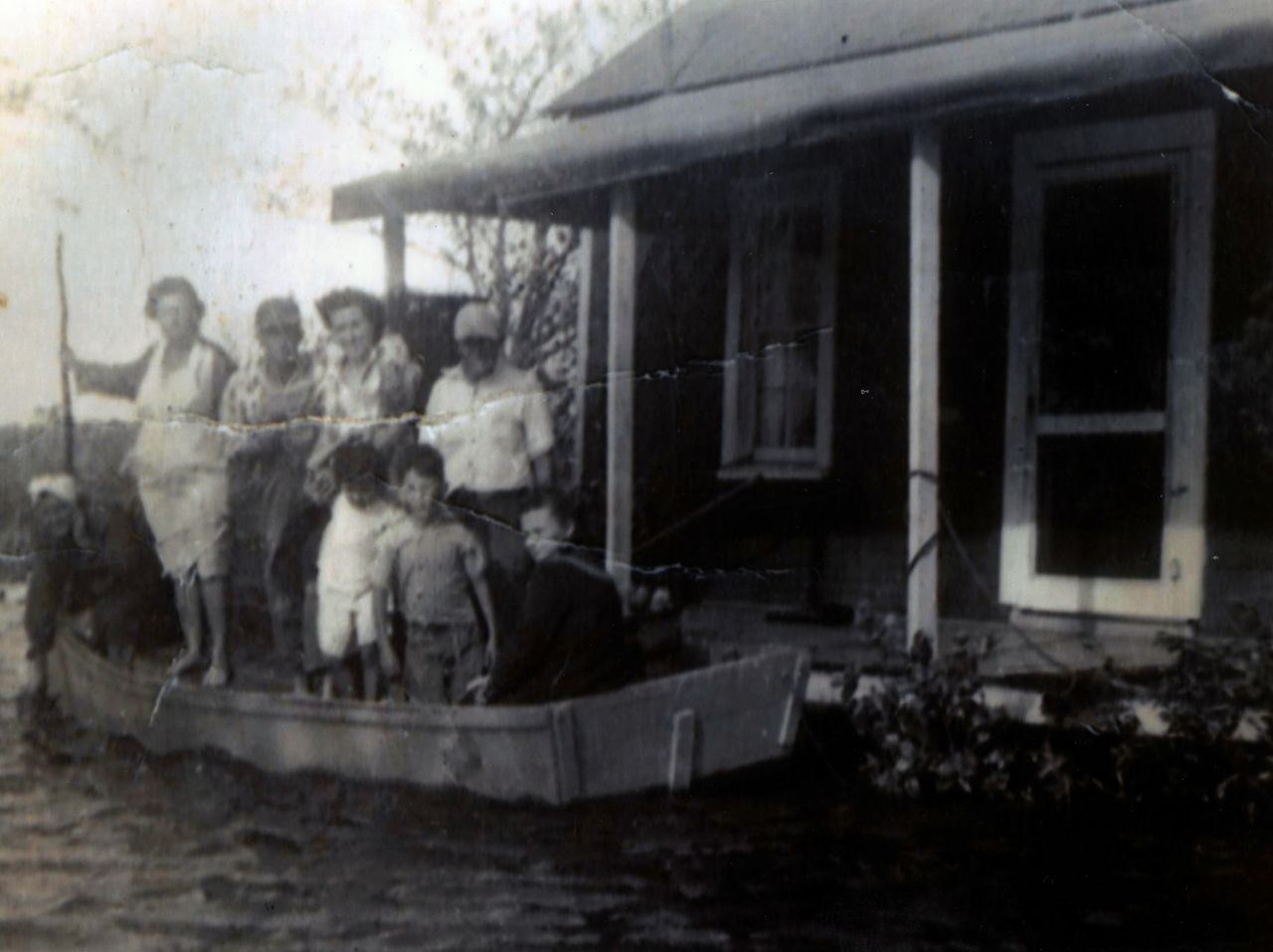
It was just one storm that has reshaped the way of life along this part of the North Carolina coast. While the 1933 hurricane was devastating, it also cut a channel from the sound to the ocean that was helpful for those in the fishing business. It would also eventually allow a quick route for tourists to later visit Cape Lookout.
Another storm that was damaging to all of the North Carolina was Hurricane Hazel. It made landfall near the state line with South Carolina as a Category 4 hurricane. Hazel remains the strongest hurricane on record to hit North Carolina.
When describing the damage in Carteret County, Guthrie said, “There was a lot of damage to the commercial boats during that hurricane.” He was just 3 at the time.
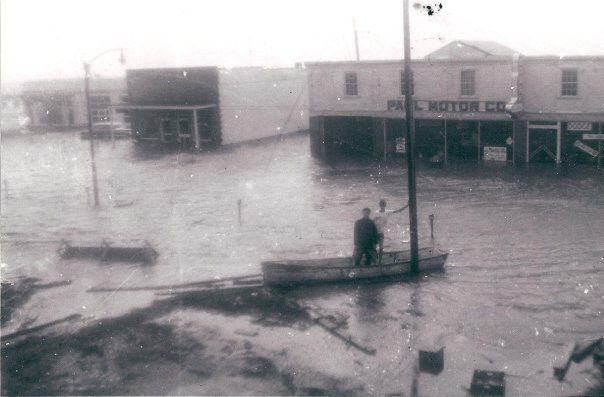
There's an entire exhibit at the museum on Harkers Island devoted to how these communities have survived and rebuilt from what seems like countless storms including more recent ones like Isabel, Florence and Dorian. It's open Monday to Saturday from 10 a.m. until 5 p.m. and Sundays from 2 p.m. until 5 p.m.
Guthrie insisted we also take the nearby ferry to Cape Lookout with him to see for ourselves how storms are changing the coastline here. He runs tours for visitors there a few days a week.
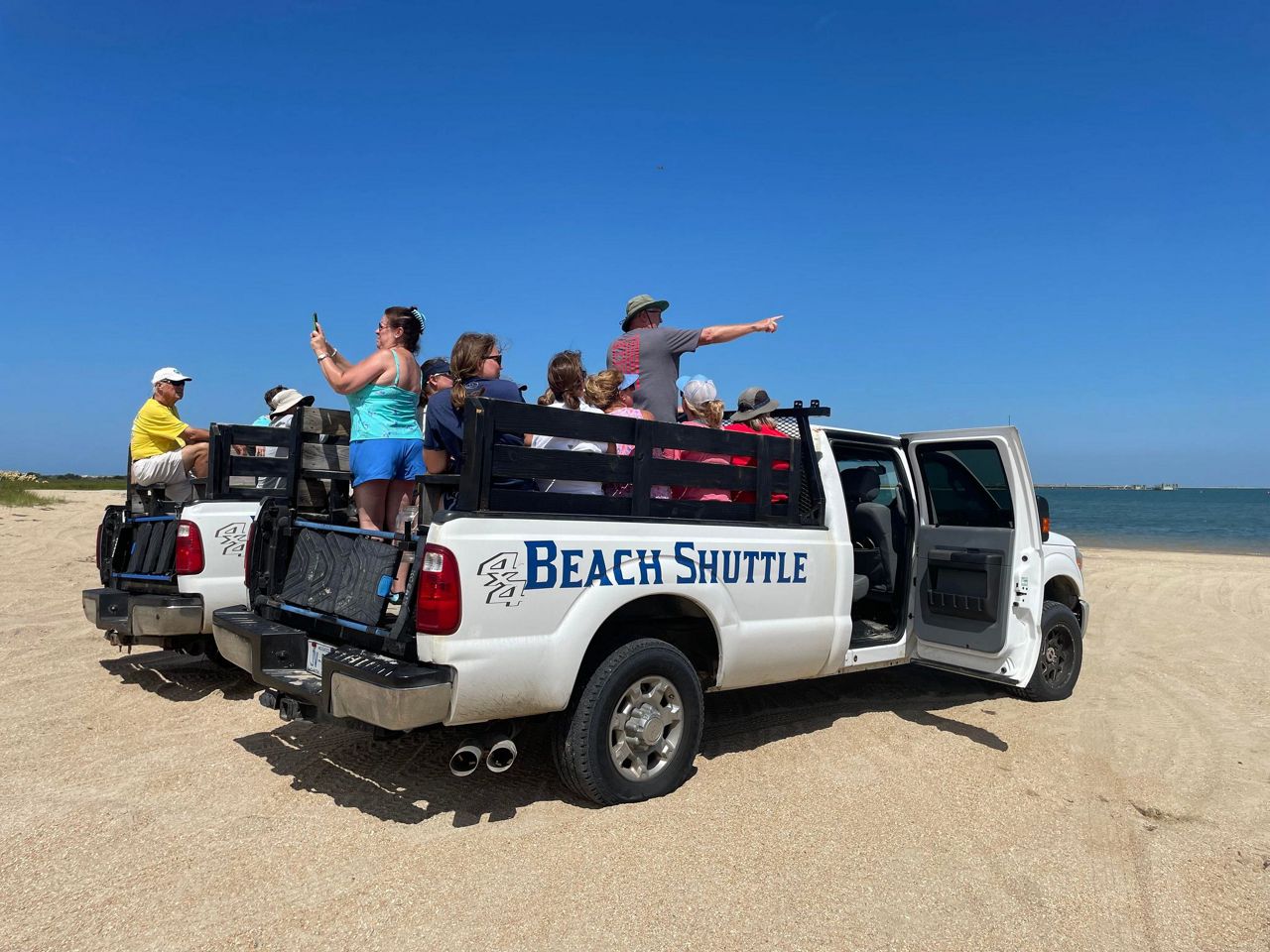
On the ferry ride, he pointed out Bird Island that has been eroding away in storms.
Once on the beach, he said the sand shifts easily here even when there are no storms.
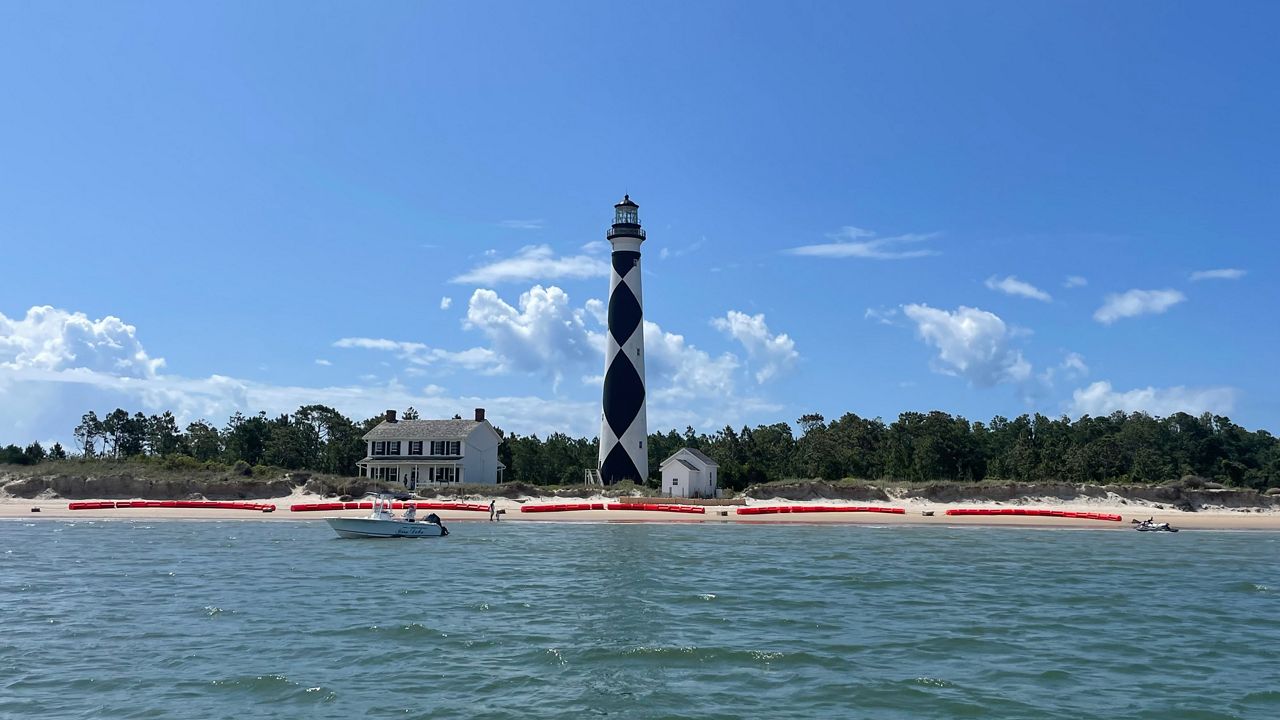
He's also noticed changes in the storms that hit North Carolina.
"They seem to be a little bit closer together and seems to be more flooding occurring than it used to be when I was growing up,” Guthrie said.
Of course, he can't help but feel a bit anxious as yet another hurricane season begins.
“You know, you're not human if you don't fear those things," he said. "I'm thinking, 'would I want to build back my home if it got destroyed?' You know, it's a tough decision to make."



